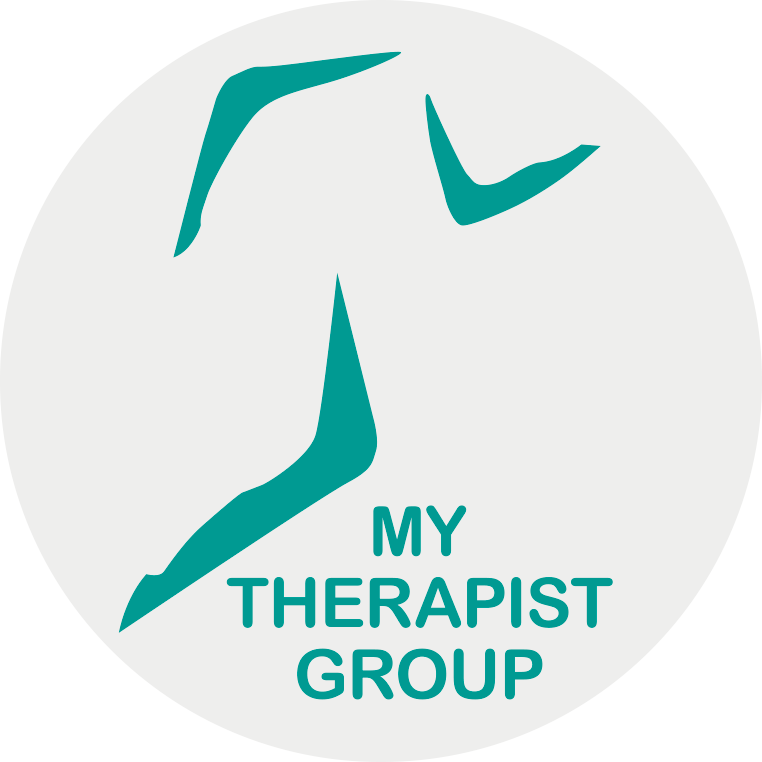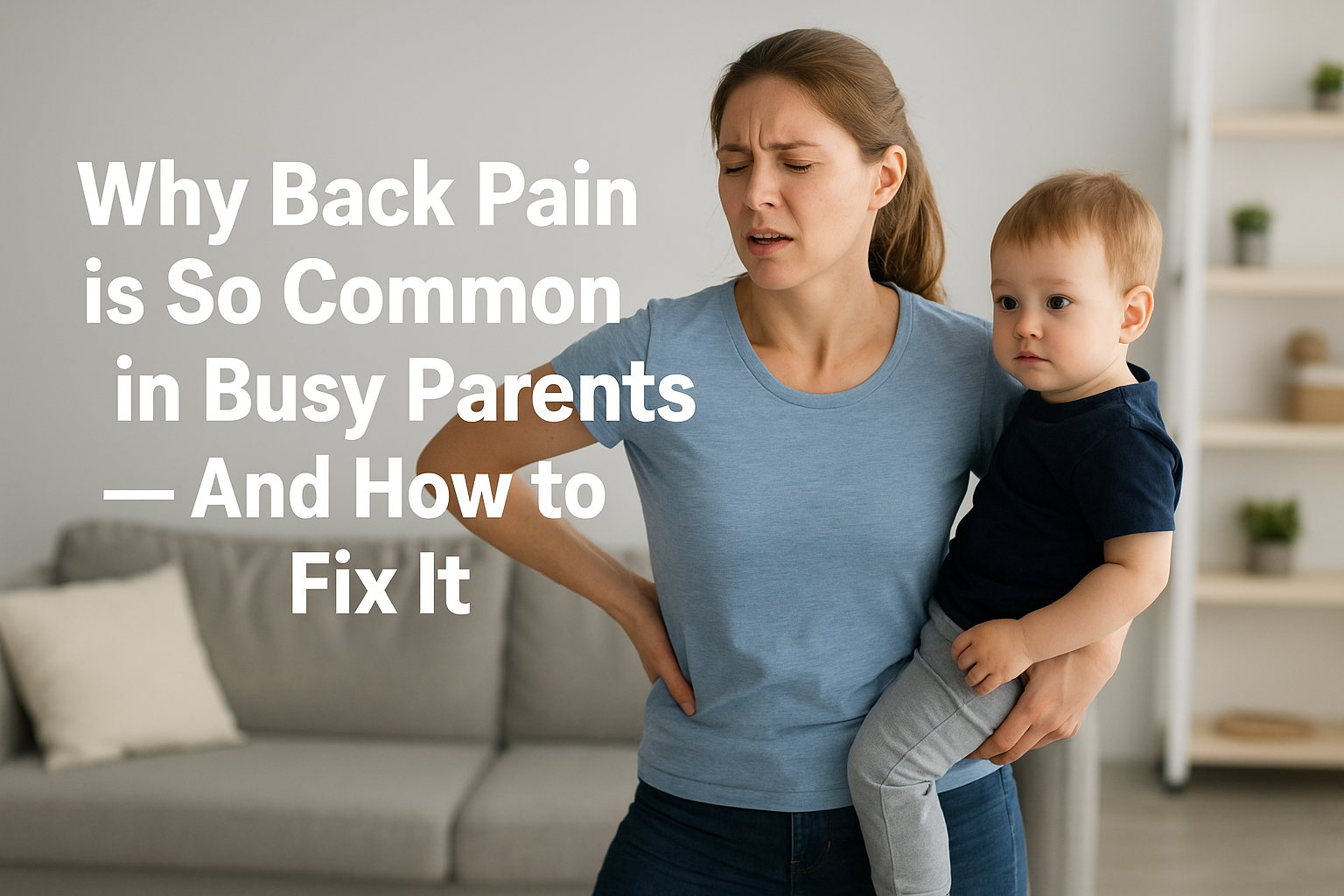If you live with chronic pain, you’ve probably tried stretches, heat packs, massage, or medication. But what if your pain is coming from tight, knotted muscles that just won’t release? At My Therapist Group in Frankston, we often use dry needling as part of a physiotherapy treatment plan to target those stubborn areas and bring lasting relief.
What Is Dry Needling?
Dry needling involves inserting a very thin, sterile needle into a tight band of muscle — often called a trigger point. These points are the knots you feel when muscles become overworked, stressed, or injured. The goal is to release tension, improve blood flow, and restore normal muscle function.
Although it uses similar tools, dry needling is different from acupuncture. Acupuncture comes from Traditional Chinese Medicine, while dry needling is based on modern anatomy and neuroscience, targeting muscles and nerves to reduce pain.
How Does It Work?
When a needle is placed into a trigger point, several things happen:
Trigger point release – sometimes the muscle gives a small “twitch” response, which helps reset it.
Improved circulation – bringing oxygen and nutrients in, flushing out waste products.
Reduced pain signalling – calming overactive nerves that may be amplifying pain.
Better movement – as the muscle relaxes, stiffness eases and mobility improves.
Many people notice their back feels looser and lighter, sometimes immediately after treatment.
Techniques We Use
Physiotherapists can use a few different dry needling approaches depending on your needs:
Static needling – the needle stays in place to allow gradual release.
Pistoning – gentle in-and-out movement of the needle to stimulate the muscle.
Threading – the needle is guided along a muscle band or scar tissue.
Your physiotherapist will explain which technique is best for your situation.
What to Expect
During treatment, you might feel:
A quick prick as the needle goes in
A twitch in the muscle (a good sign the trigger point has been activated)
Mild ache or heaviness in the area
Afterwards, it’s common to feel soreness, similar to how you feel after a workout. This usually settles within a day or two. Staying hydrated, gentle movement, and stretching can help recovery.
Who Can Benefit from Dry Needling?
Dry needling can be helpful for many types of pain, but it’s especially effective for:
Chronic back pain
Neck and shoulder tension
Work-related postural strain
Sports injuries or muscle tightness
Pain after repetitive lifting or childcare duties
At My Therapist Group, we rarely use dry needling alone. We combine it with physiotherapy, manual therapy, and tailored exercise programs to give you long-term results.
Is Dry Needling Safe?
Yes, when performed by a qualified physiotherapist. All needles are sterile and single-use. Some people may bruise or feel temporary soreness, but serious side effects are extremely rare. If you have a bleeding disorder, are pregnant, or have other medical concerns, let your physio know so they can adapt treatment for you.
Dry Needling in Frankston
At My Therapist Group in Frankston, our physiotherapists are trained in dry needling and use it to help patients relieve pain and move better every day.
If you’re tired of living with back pain and want to know if dry needling could help you, book an appointment today:




